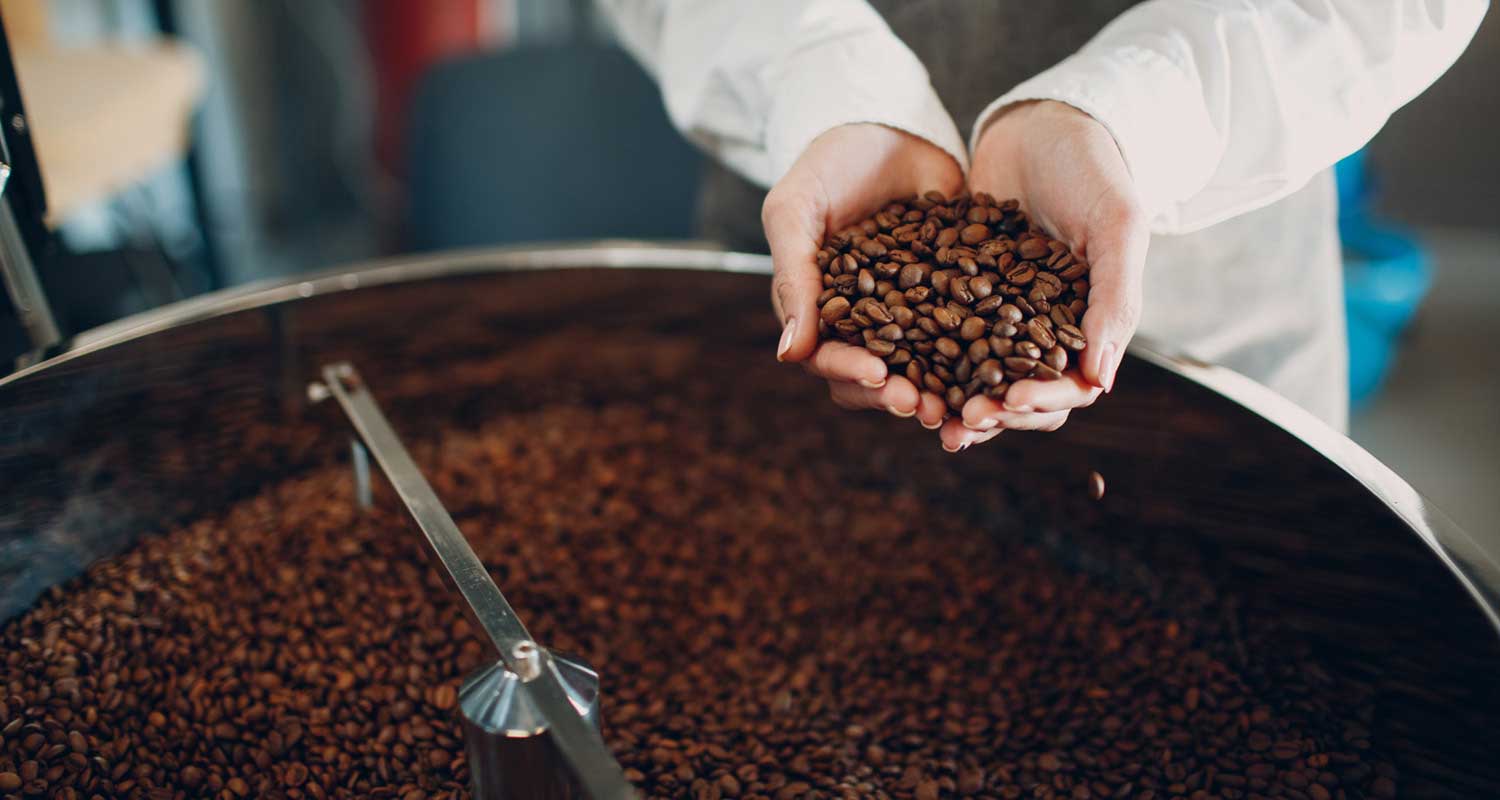Recently, we’ve had a few patients at our functional medicine telehealth clinic ask us about the “bean diet” or the Bean Protocol, and whether or not they should try it.
Basically, this way of eating revolves around eating several daily servings of beans— combined with a few other diet and lifestyle changes— with the goal of improving your detox ability and healing from chronic health issues.
So does this actually work, and more to the point, will it work for you?
For anyone else who might be interested in this way of eating, I wanted to share my thoughts on the practice of eating a lot of beans every day, the potential benefits, the downsides, bioindividual factors to consider, and some general tips on using food to help you detox.
What is the Bean Diet or Bean Protocol?
The Bean Protocol is a way of eating that involves consuming beans and/or lentils 3-6 times per day over a period of time (at least 3 months) in order to detoxify.
Often referred to as the bean diet, this protocol was developed in the early 90s by a biochemist, Karen Hurd, who used the approach to help her young daughter recover from severe illness related to pesticide exposure.
Why beans? Because of their high fiber content. Beans and other legumes contain a ton of soluble fiber, which can help with detoxification and support gut health.
Who Is the Bean Protocol Meant For?
The Bean Protocol is intended for those who are experiencing health problems at least partly as a result of impaired detox ability or toxin overload.
These may include:
Inflammation and inflammatory conditions
Autoimmune diseases
Digestive issues
Chronic fatigue
Hormonal imbalances
Acne or breakouts
Those with certain conditions including gallbladder problems, fatty liver disease, and some inflammatory digestive conditions should not follow this protocol.
Bean Protocol Guidelines
The central focus of the Bean Protocol is, of course, eating beans. Those following the protocol eat soup beans and/or lentils 3-6 times per day for at least 3 months, or longer depending on the severity of their illness.
Different types of beans may be included, including black beans, kidney beans, pinto beans, and garbanzo beans, as well as lentils.
The following foods should be avoided on the bean diet:
Sugar
All sweeteners (both natural and artificial)
Caffeine
Alcohol
Processed foods
Soy products (including soybeans)
Saturated fats
Gum
Dairy products
Reducing or managing stress is also recommended as part of the protocol.
How Can Beans Help You Detox?
The premise of the Bean Protocol is that by loading up on soluble fiber from legumes, you’re boosting your body’s ability to detox.
How does this work? We know that the liver is our master detox organ— but it doesn’t act alone. The liver works to filter and break down chemicals and toxins into substances that can later be eliminated.
As part of this process, the liver produces bile, a digestive fluid that helps to break down dietary fats. Bile binds to certain kinds of toxins and excess hormones. As the detoxification process continues, bile along with the toxins and hormones it’s picked up should be eliminated— but some of it is recycled, and it re-circulates throughout the body.
If we’re overloaded with toxins, they can build up and keep circulating in bile, which can lead to things like fatigue, hormonal imbalances, food sensitivities, inflammation, and/or autoimmunity over time.
This is where soluble fiber (found in high quantities in beans) comes in.
Soluble fiber binds to bile containing toxins and excess hormones, and it escorts the substance out through bowel movements rather than allowing it to keep circulating throughout your body. This also allows the liver to produce new, healthy bile.
We do need soluble fiber in order to eliminate toxin-containing bile from the body— so the idea makes sense, especially when you consider the fact that our modern American diet tends to be very low in fiber.
There are also some other potential health benefits of beans— they’re high in nutrients like potassium, magnesium, folate, calcium, and vitamin E, and they may help to support healthy weight loss, regulate blood pressure, balance blood sugar, and reduce cholesterol.
But there are other factors to consider when it comes to consuming a lot of legumes, and I’ll get into some of those below.
The Downsides of the Bean Diet
While there are some potential benefits of eating beans (including for detoxification), there are also a number of possible downsides. This mostly comes down to bio individuality and the fact that what’s healthy for one person may not be healthy for another.
We all have different gut microbiomes, different immune systems, different bodies, and different food intolerances.
Virtually any food can be problematic for an individual, no matter how nutritious and supportive it is for others— but there are some foods that are more likely to trigger issues.
One food trigger I see with many of my patients is legumes, including beans and lentils.
Most people with healthy digestive systems and no gut issues can handle beans without a problem. But these people likely don’t need a specialized therapeutic diet to assist their bodies with natural detoxification.
My concern? The Bean Protocol is intended for those who are experiencing inflammation, autoimmunity, and detox issues— and these are the people who are more likely to have gut imbalances and challenges digesting things like beans.
Here are a few specific issues that may come up with excess bean consumption.
LISTEN: Autoimmune-Inflammation: Top Causes, Functional Medicine Labs, Diet + Lifestyle Factors, The Nervous System Component & Exactly How To Heal
Beans Are High in Lectins and Phytates
Lectins and phytates are compounds found in certain plant foods, including in high amounts in legumes like beans and chickpeas. These are anti-nutrients, meaning they block the availability of some of the nutrients found in the same foods. (1)
This isn’t a big deal for most people (it just means legumes offer fewer bioavailable nutrients than one might think), but for others, lectins and phytates can trigger inflammation. (2) Lectins and phytates may be especially problematic for those with autoimmunity.
A quick note: If you do decide to eat more beans, soaking them overnight and then pressure cooking them can help to deactivate lectins and phytates.
Legumes Can Be High FODMAP
Many kinds of beans and other legumes contain FODMAPs (Fermentable Oligosaccharides, Disaccharides, Monosaccharides, and Polyols), a group of carbohydrates that resist digestion and are fermented by gut bacteria.
While these kinds of carbohydrates may feed healthy gut bacteria (a positive thing), they can be problematic for those with bacterial overgrowths (e.g. SIBO), worsening the problem and triggering more inflammation.
Some legumes are high FODMAP in any amount. Others are generally thought to be okay in moderation for someone with SIBO or a FODMAP sensitivity— but the quantities recommended on the Bean Protocol go far beyond moderate.
Beans Can Cause Painful or Uncomfortable Gas
Most of us are familiar with the idea that beans can make you fart. Typically this happens when you’re not used to eating beans, and there’s an argument to be made that if you just continue to increase your bean intake gradually, gassiness will decrease.
But gut imbalances like SIBO come in again here. If you do have an overgrowth of bacteria in your small intestine, gas will likely continue to be a problem, and can lead to or exacerbate other issues like bloating and leaky gut. Risk factors may include known digestive conditions like SIBO, IBS, or Crohn’s disease.
Gas can also be painful and/or uncomfortable, especially if you have other digestive concerns.
READ NEXT: The Most Common Wellness Mistakes Even The Healthiest People Make
How To Detox With Food (Beans Or Not)
If you’re experiencing food sensitivities, fatigue, brain fog, poor sleep, hormonal imbalances, breakouts, sugar cravings, mood swings, or symptoms of inflammation or autoimmunity, you may need to work on your body’s detox capacity.
There are several ways you can use food to help you detox, whether or not you decide to implement the Bean Protocol.
Follow an overall anti-inflammatory diet. This means cutting out objectively inflammatory foods like sugar and processed foods (as is also recommended on the Bean Protocol), and including lots of nutrient-dense and antioxidant-rich (detoxifying!) whole foods like dark leafy greens, fatty fish, green tea, ginger, and turmeric.
Identify your food sensitivities. Part of following a true anti-inflammatory diet is understanding which foods are inflammatory for you. An elimination diet (in which you remove several possible triggers from your diet for a period of time and then gradually reintroduce them, monitoring symptoms) is a great way to figure this out.
Include methylation-supporting foods. Foods that support the body’s natural methylation cycle are great for helping to restore or optimize your body’s detox capacity. Some of the best options include dark, leafy greens (again!), asparagus, broccoli, organ meat, and sauerkraut.
Incorporate other sources of soluble fiber. The premise of the bean diet is to load up on beans because of their high soluble fiber content— but there are also several other nutritious foods you can turn to for soluble fiber, especially if you find that beans are more inflammatory for you. A few of my favorites include broccoli, brussels sprouts, avocado, sweet potatoes, and flax seeds. Psyllium husk (which can also be taken in capsule form) is another great source of soluble fiber.
Aim for variety in your diet. One of my concerns with the Bean Protocol is that by focusing too much on one type of food, you may end up missing out on the wide variety of nutrients available in others. I always recommend including as many different types of plant foods as you can in your healthy eating meal plan in order to take in all of their unique benefits (and not overload your system too much with one thing).
Beyond food, you can also check out my guides on supplements and other strategies to help support detoxification and overall well-being.
My Final Verdict On the Bean Diet
While there may be some possible benefits to the Bean Protocol for some people, I wouldn’t recommend it across the board as a detox or wellness strategy. Everybody is different, and legumes can trigger digestive distress and inflammation, especially for those with existing gut conditions or imbalances.
If you’re interested in learning about the ideal detox protocol for you, I would definitely recommend booking an appointment with our telehealth functional medicine clinic. We create holistic, bio-individualized healing plans every day for our patients, and we would love to help you.
As one of the first functional medicine telehealth clinics in the world, we provide webcam health consultations for people around the globe.





